There can be your advertisement
300x150
Living Without Water and Electricity: Renovating an Old Cabin in the Forest
Alice Sonders and Greg Ralich purchased a cabin on a one-acre (40-aresh) forested lot in the Lake Region of New Hampshire, USA. The building was not equipped with water or electricity. Moreover, the place was so abandoned that there was no cell phone signal.
The nearest road was only for horseback riding, and the nearest neighbors were on the other side of a pond. But that didn't discourage them — they had long been searching for a vacation home just a couple of hours from their Boston home. As soon as they saw this option, they fell in love.
Condition of the cabin before renovation
The structure itself was solid, but a major renovation was still necessary. Greg's brother helped out, as he had experience with small cabin setups. Most of the costs went toward replacing the roof (around $2,500) and installing radiators for heating.
They spent about two years and $4,000 in total on the renovation, but they continue working on it. Take a look at how great their results are.
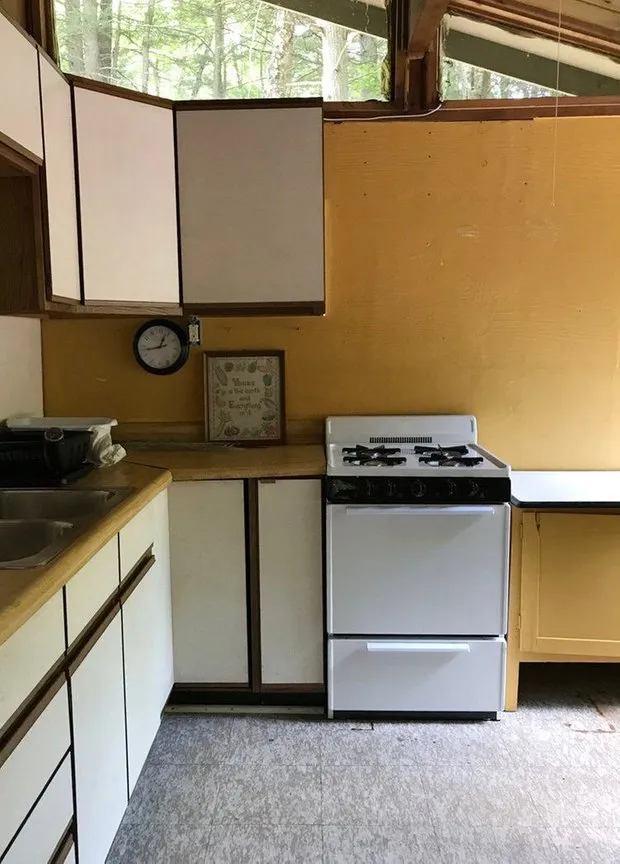
Alice and Greg's cabin before renovation
What does the cabin look like now?
As is often the case, inspiration for decorating the entire interior came from one piece of furniture — an old cabinet they found at a garage sale. The cabinet found its place in the living room.
"It had an interesting gray tone that helped us choose the floor color for the kitchen. The cabinet was simple and practical, but also very beautiful. That’s the effect I wanted to achieve for our interior," explains Alice.
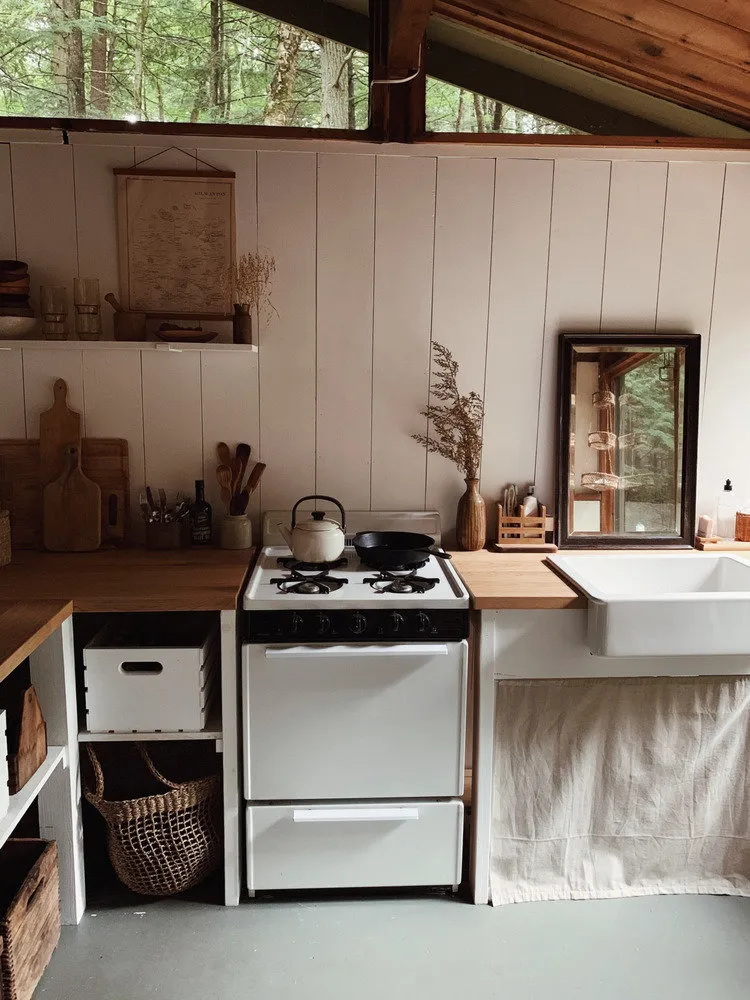
Same kitchen after renovation
By the way, they worked hardest on the kitchen. They removed unnecessary upper cabinets, got rid of the old countertop and vinyl tiles, replaced the sink. The walls were sheathed in plywood, sanded, primed, and painted. They bought the sink at IKEA.
Instead of bulky cabinets, they hung lightweight open shelves and put everything in drawers and baskets — it's easier to maintain order and everything is visible.
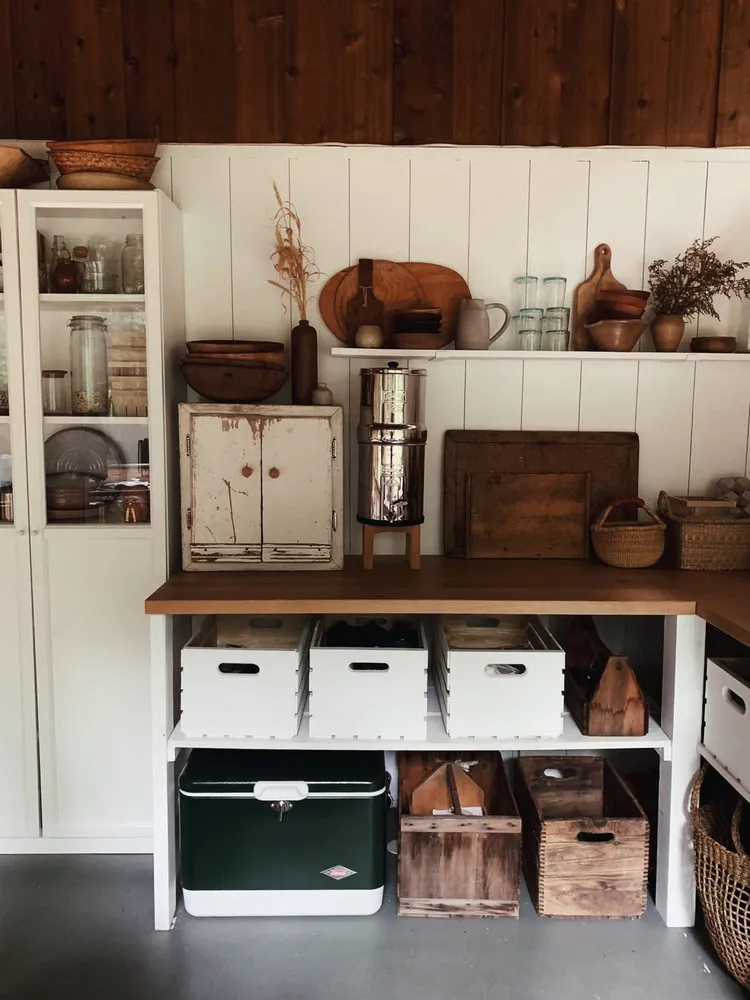
Working without water and electricity complicated things. The couple brings all the water from their Boston home. A portable shower head is stored under the sink (behind the curtain) which they use instead of running water in the sink.
They also managed to handle food storage: the old refrigerator was initially used as a pantry, and then they threw it out entirely. For storing perishable items, they use an insulated container (portable cooler). They mostly cook on a grill or light a fire outdoors.
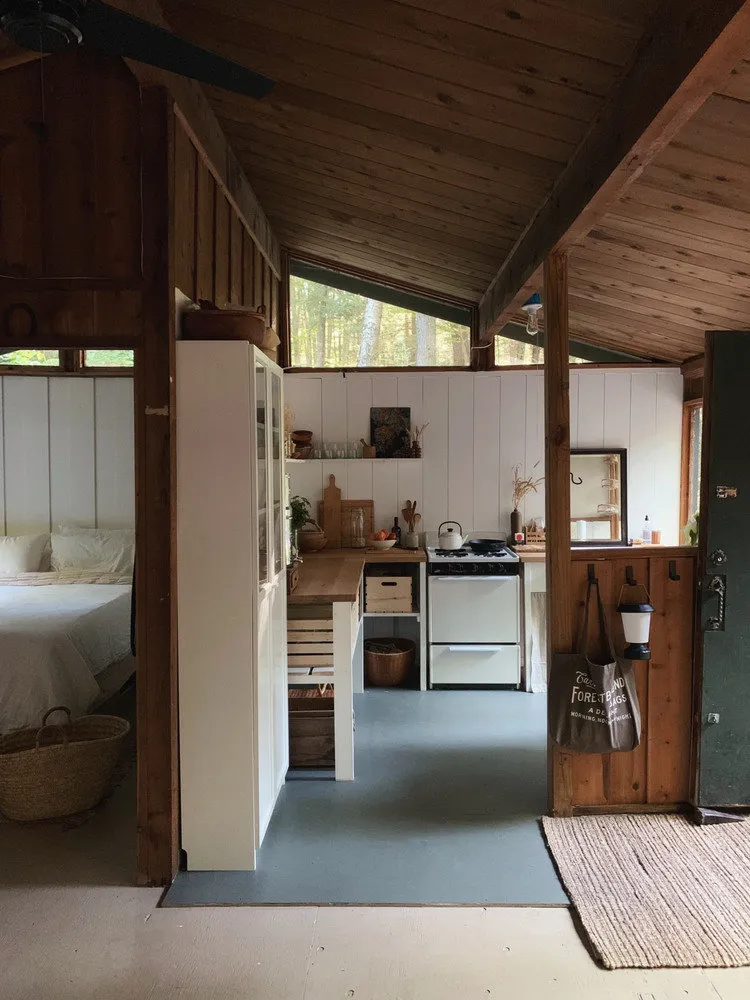
Despite the absence of electricity in the house, there is a light fixture in the living room. How does it work? Through solar panels: one full charge lasts about four days.

That very cabinet, from which everything started. By the way, the rug on the floor was not changed — it came from the previous owners. Alice wanted to keep at least a trace of the atmosphere that existed here before their move.
In the back part of the living room, they set up a dining area with a corner bench that has an internal drawer for storage, where they keep the generator, tools, and even a tent. The dining table is convenient for playing board games in the evenings and having meals — the view of the pond from the window is absolutely stunning.
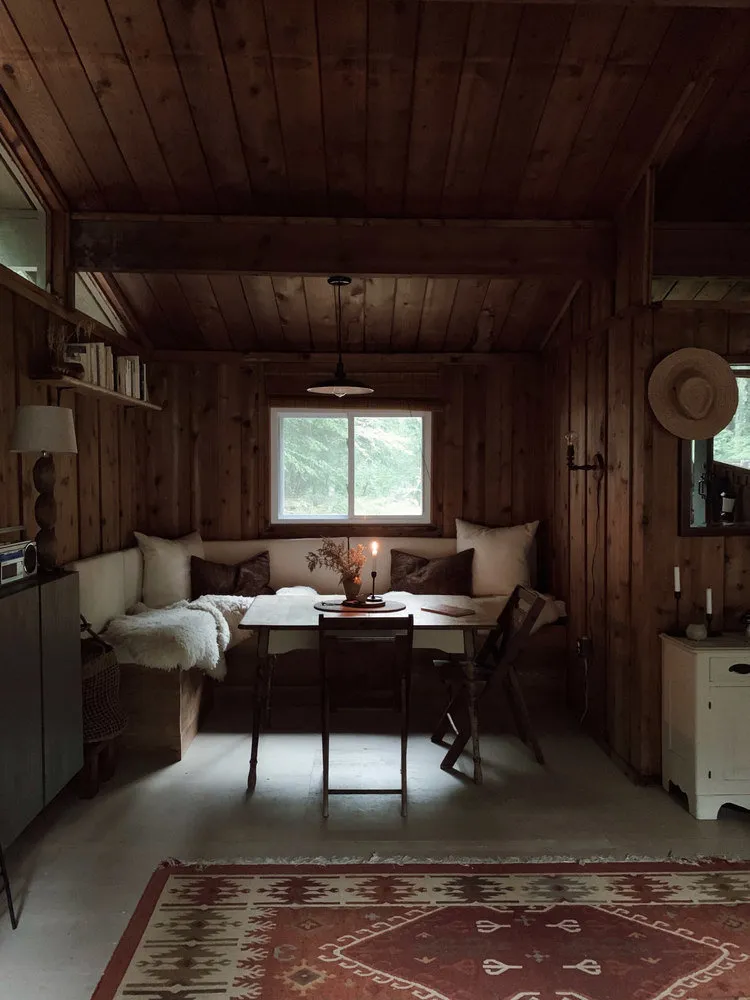
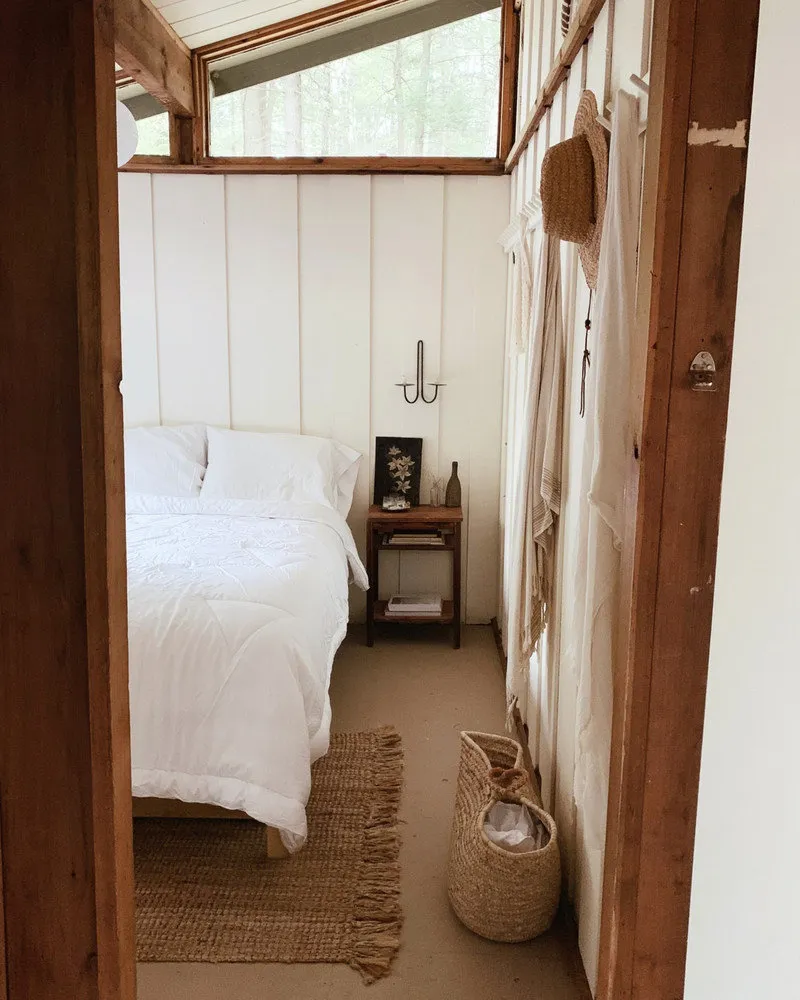
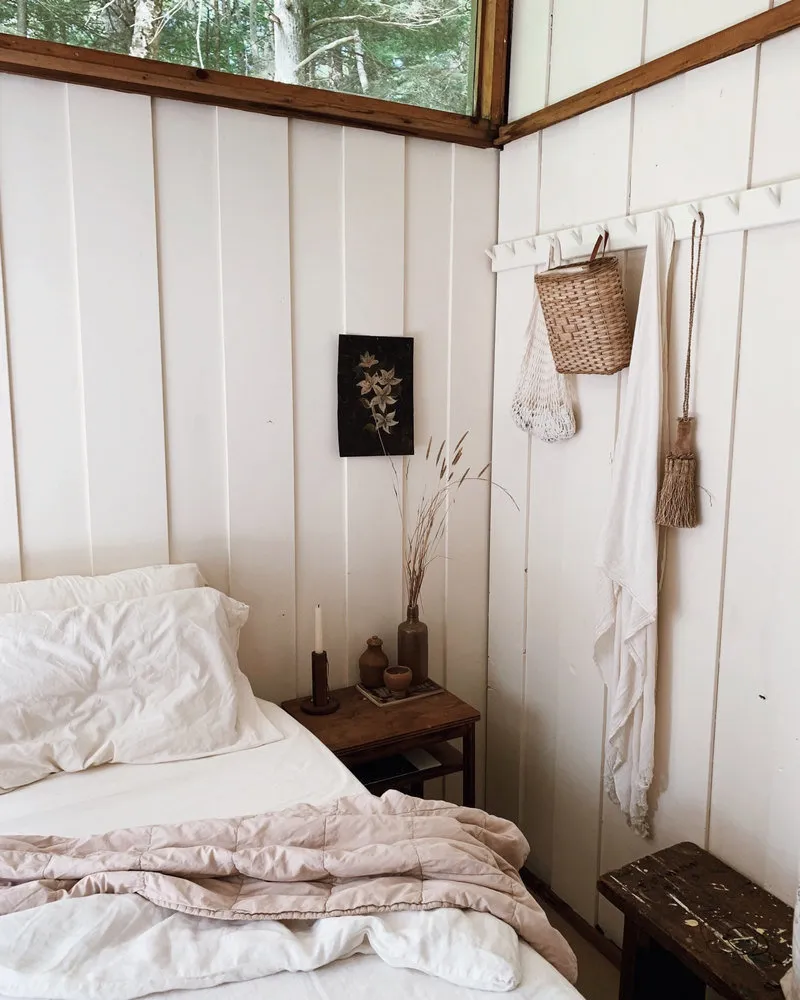
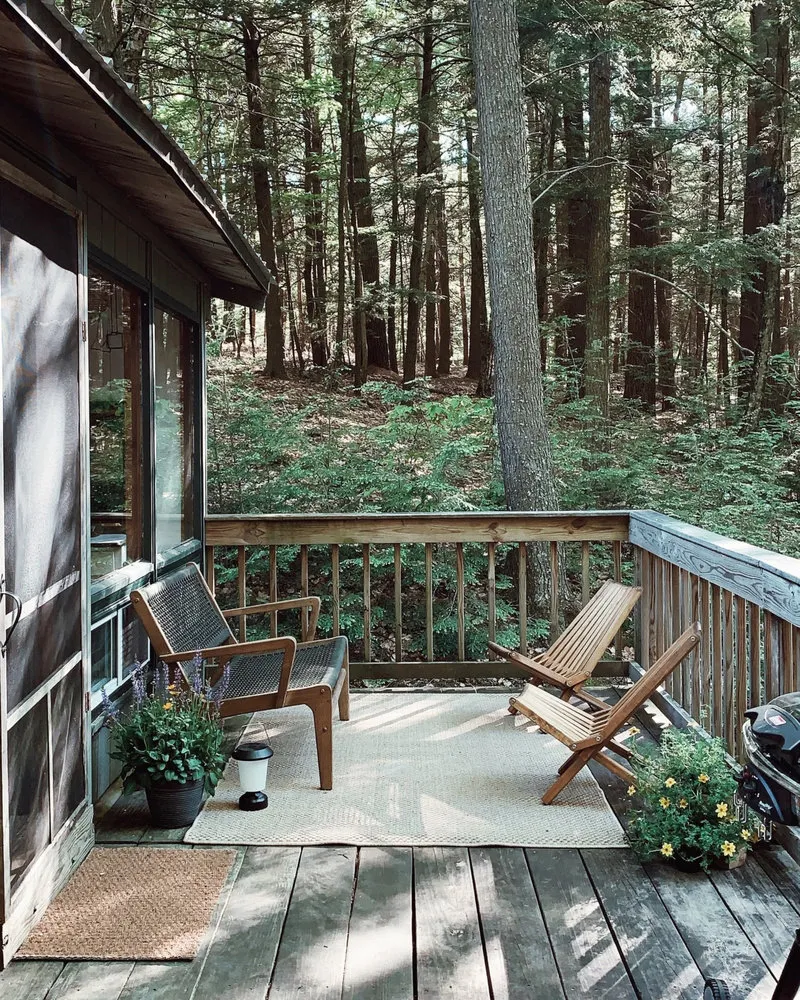
Open veranda – a quiet place for reading or relaxing. Sometimes even for a warm summer shower.
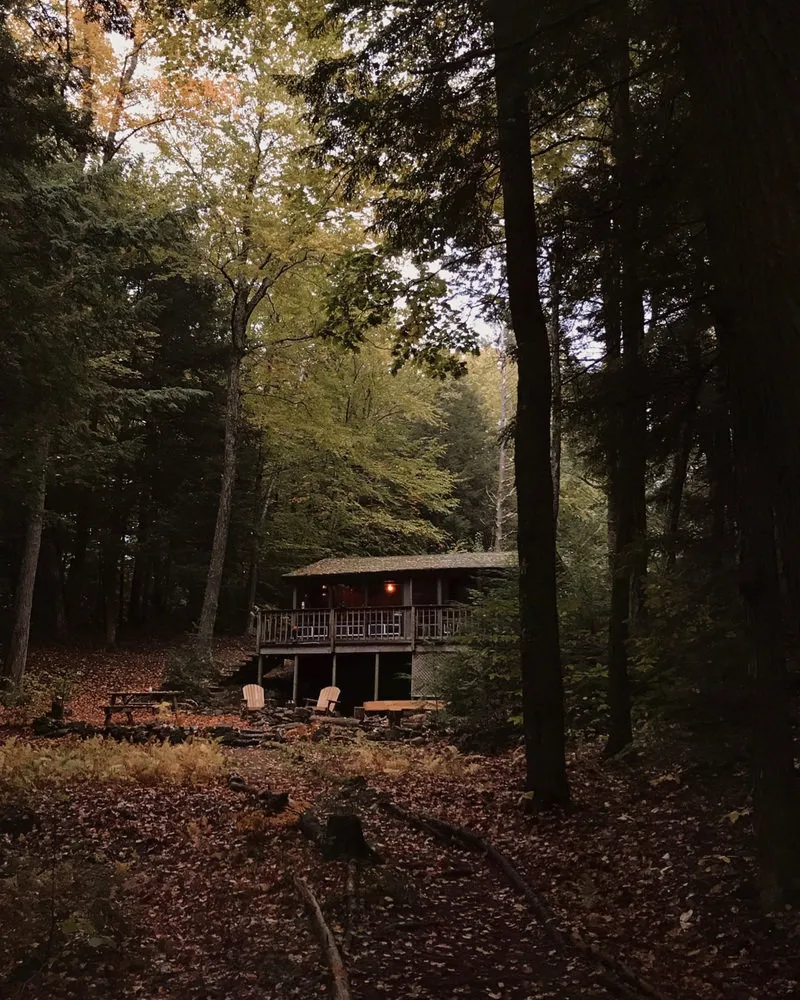
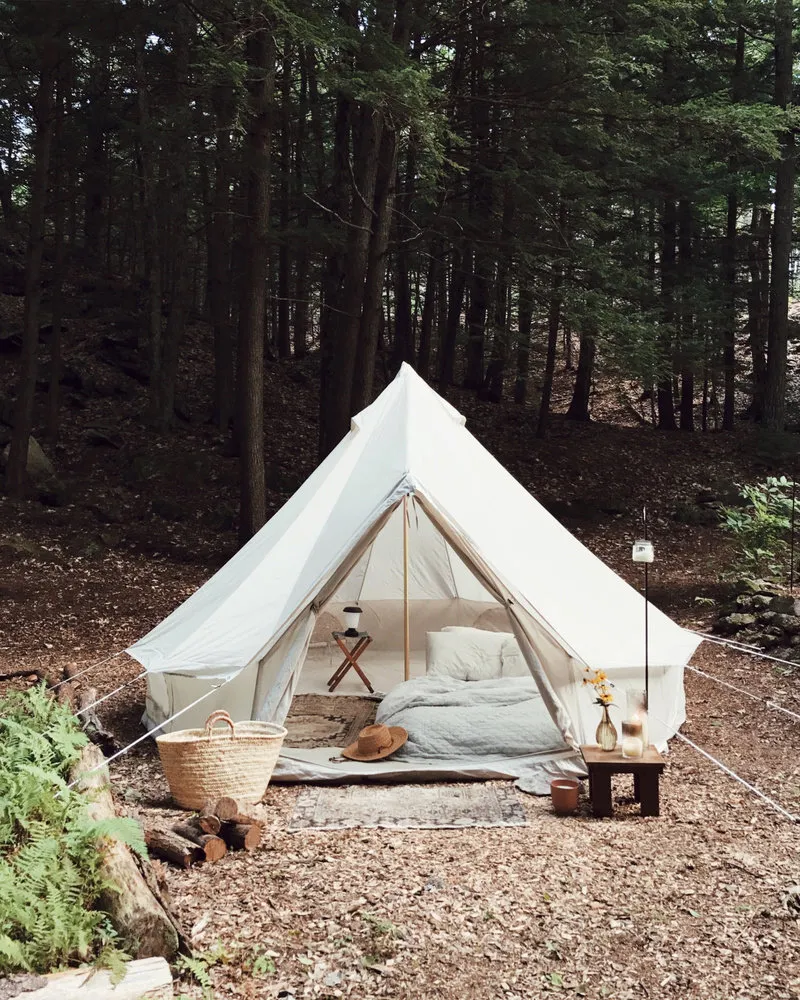
That same tent, usually hidden in the mini dining bench. The tent is usually pulled out when friends come over.
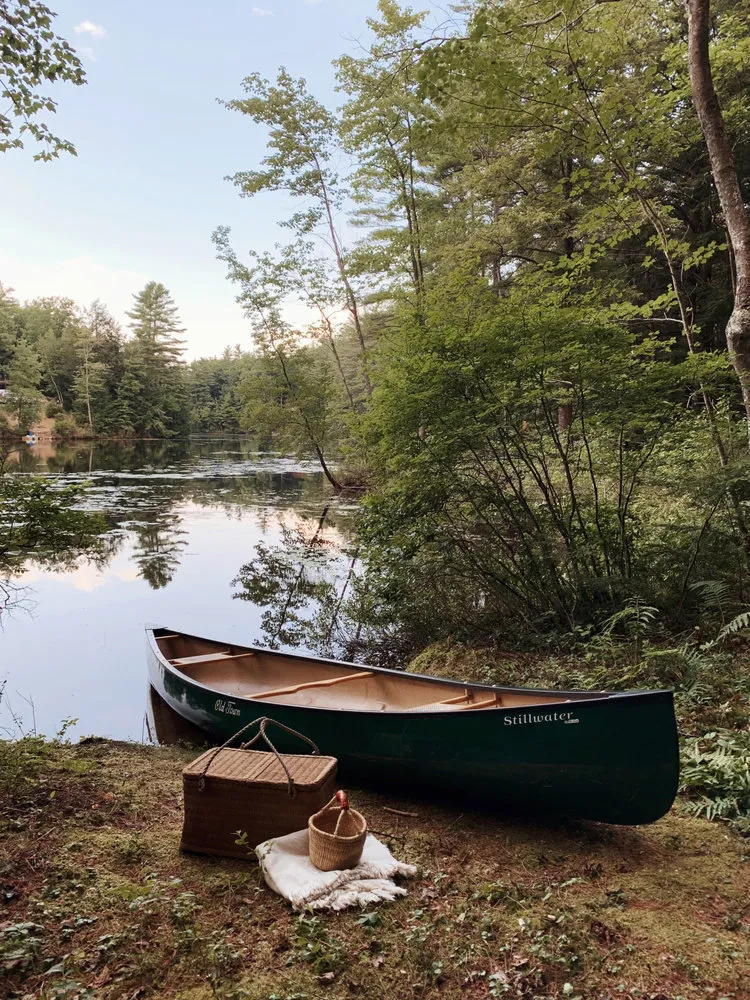
More articles:
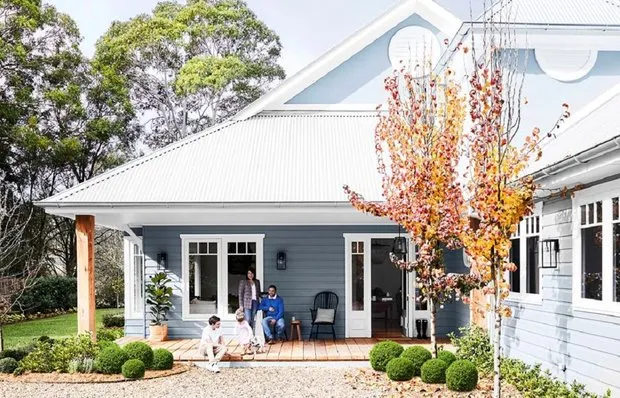 Large Family House in American Style
Large Family House in American Style Interior Redecorating: When You Want Changes But Not a Renovation
Interior Redecorating: When You Want Changes But Not a Renovation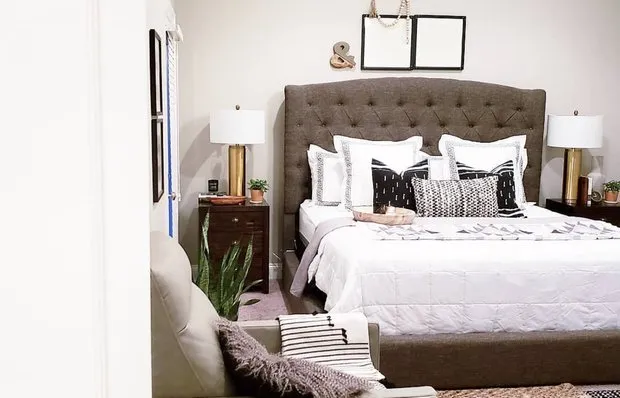 How to Extend the Lifespan of a Mattress
How to Extend the Lifespan of a Mattress How to Make a Platform Bed from IKEA Boxes by Yourself?
How to Make a Platform Bed from IKEA Boxes by Yourself?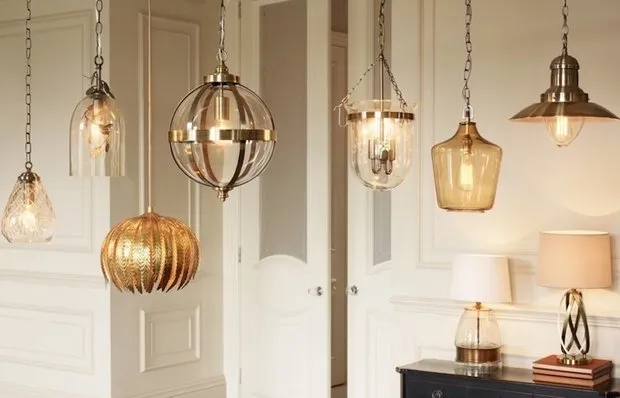 How to Reduce Electricity Bills: 6 Important Rules
How to Reduce Electricity Bills: 6 Important Rules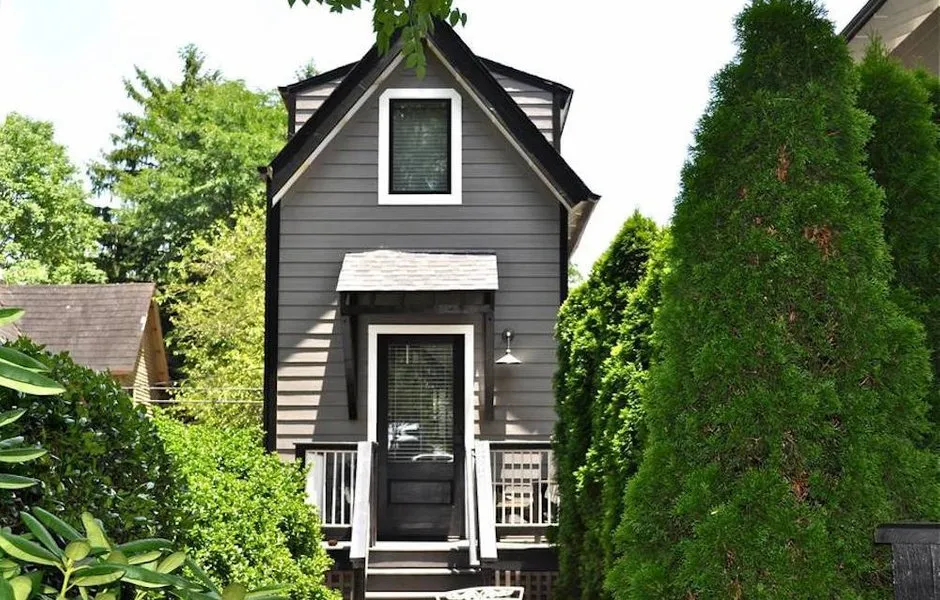 If Your Home Feels Tight: Ideas for Designing Narrow Spaces
If Your Home Feels Tight: Ideas for Designing Narrow Spaces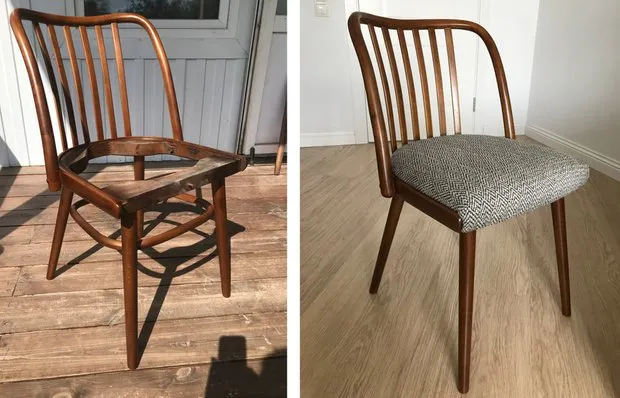 Refurbishing Old Furniture: Step-by-Step Guide + Photos
Refurbishing Old Furniture: Step-by-Step Guide + Photos What Did Zaha Hadid Create for the Bathroom? And 6 More Famous Designers
What Did Zaha Hadid Create for the Bathroom? And 6 More Famous Designers